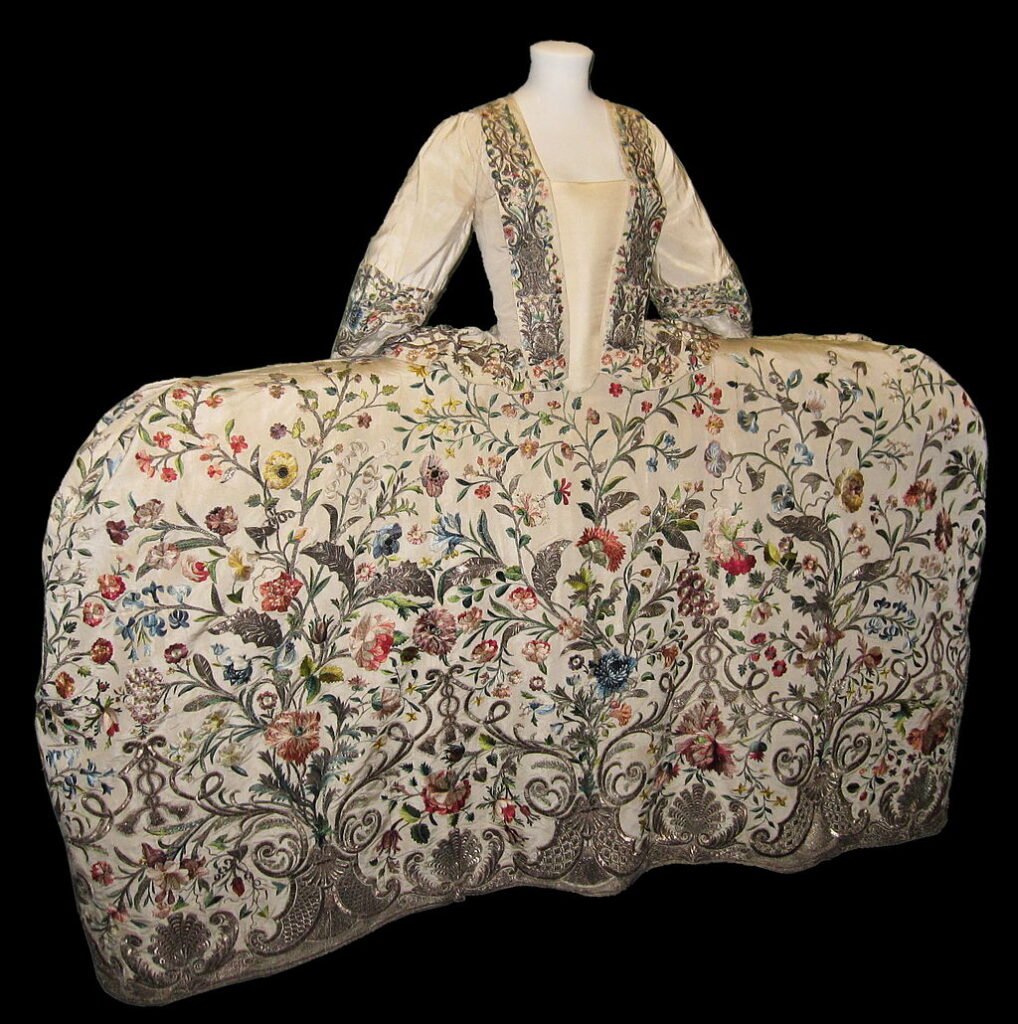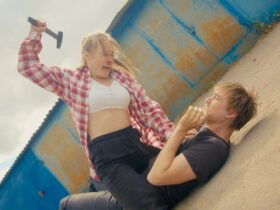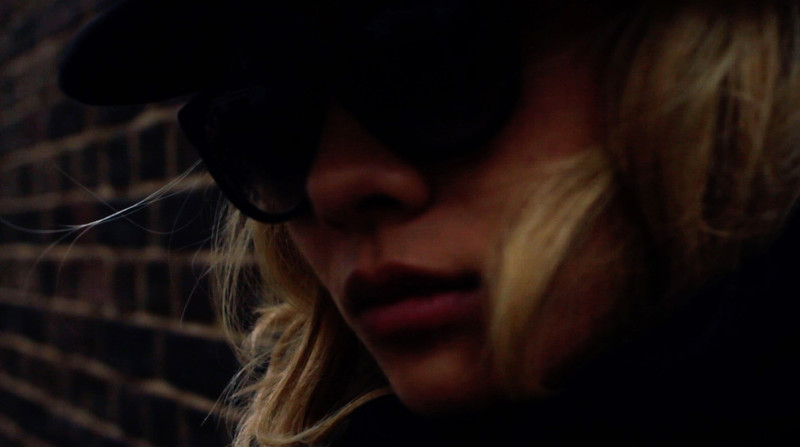Rococo fashion was based on extravagance, elegance, refinement and decoration. Women’s fashion of the seventeenth-century was contrasted by the fashion of the eighteenth-century, which was ornate and sophisticated, the true style of Rococo. These fashions spread beyond the royal court into the salons and cafés of the ascendant bourgeoisie. The exuberant, playful, elegant style of decoration and design that we now know to be ‘Rococo’ was then known as le style rocaille, le style moderne, le gout.

A style that appeared in the early eighteenth-century was the robe volante, a flowing gown, that became popular towards the end of King Louis XIV’s reign. This gown had the features of a bodice with large pleats flowing down the back to the ground over a rounded petticoat. The colour palette was rich, dark fabrics accompanied by elaborate, heavy design features. After the death of Louis XIV the clothing styles began to change. The fashion took a turn to a lighter, more frivolous style, transitioning from the baroque period to the well-known style of Rococo. The later period was known for their pastel colours, more revealing frocks, and the plethora of frills, ruffles, bows, and lace as trims. Shortly after the typical women’s Rococo gown was introduced, robe à la Française,a gown with a tight bodice that had a low cut neckline, usually with a large ribbon bows down the centre front, wide panniers, and was lavishly trimmed in large amounts of lace, ribbon, and flowers.

The Watteau pleats also became more popular, named after the painter Jean-Antoine Watteau, who painted the details of the gowns down to the stitches of lace and other trimmings with immense accuracy. Later, the ‘pannier’ and ‘mantua’ became fashionable around 1718, they were wide hoops under the dress to extend the hips out sideways and they soon became a staple in formal wear. This gave the Rococo period the iconic dress of wide hips combined with the large amount of decoration on the garments. Wide panniers were worn for special occasions, and could reach up to 16 feet (4.8 metres) in diameter, and smaller hoops were worn for the everyday settings. These features originally came from seventeenth-century Spanish fashion, known as guardainfante, initially designed to hide the pregnant stomach, then reimagined later as the pannier. 1745 became the Golden Age of the Rococo with the introduction of a more exotic, oriental culture in France called a la turque. This was made popular by Louis XV’s mistress, Madame Pompadour, who commissioned the artist, Charles Andre Van Loo, to paint her as a Turkish sultana.
In the 1760s, a style of less formal dresses emerged and one of these was the polonaise, with inspiration taken from Poland. It was shorter than the French dress, allowing the underskirt and ankles to be seen, which made it easier to move around in. Another dress that came into fashion was the robe a l’anglais, which included elements inspired by the males’ fashion; a short jacket, broad lapels and long sleeves. It also had a snug bodice, a full skirt without panniers but still a little long in the back to form a small train, and often some type of lace kerchief worn around the neck. Another piece was the ‘redingote’, halfway between a cape and an overcoat.
Accessories were also important to all women during this time, as they added to the opulence and the decor of the body to match their gowns. At any official ceremony ladies were required to cover their hands and arms with gloves if their clothes were sleeveless.

























